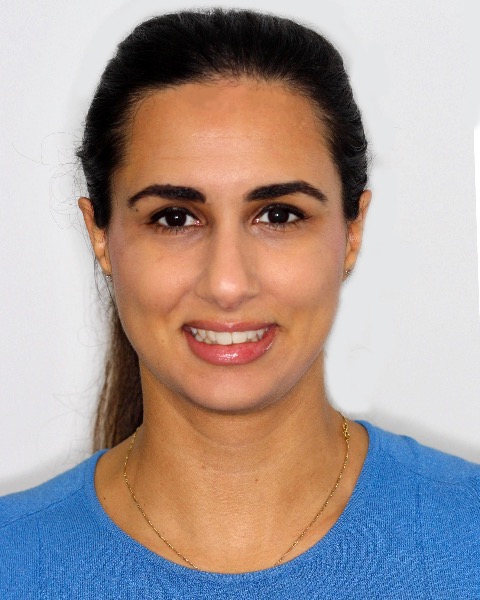Critical Care
Session: Critical Care 2
125 - Fluid and drug administration in paediatric critical care: prospective multimodal direct observational study
Monday, May 6, 2024
9:30 AM - 11:30 AM ET
Poster Number: 125
Publication Number: 125.2939
Publication Number: 125.2939

Dana Chemali, MD
Pediatric Resident
The University of Western Ontario - Schulich School of Medicine & Dentistry
London, Ontario, Canada
Presenting Author(s)
Background: The importance of pharmacotherapy in paediatric intensive care practice parallels and reflects the increasing complexity, precision and technology involved in caring for critically ill patients. Patients in the paediatric intensive care unit (PICU) receive a median (IQR) of 18 (10–28) drug administrations per patient-day in PICU, with limited intravascular access. Improved understanding of the infrastructure required to operationalise and optimise drug and fluid therapy to critically ill children may help improve the process and outcomes.
Objective: The objective of this study was to characterise the activities supporting fluid and drug administration in critically ill paediatric patients.
Design/Methods: A prospective observational study using multi-modal direct observation of the clinical activities, associated with care of critically ill children, was undertaken. In brief, a multi-modal approach used video, audio and direct bedside observation to record raw data on two Go Pro® (San Mateo, California) video recorders, with direct observation by the study team members. The primary outcome was the frequency and duration of each fluid and drug related activity. Secondary outcomes included were variation in task times based on the clinical characteristics of enrolled children and the type, frequency and duration of medical personnel carrying out the various fluid and drug administration steps and tasks.
Results: A total of 43 patients, 84 RNs, 43 doctors, 27 respiratory therapists, 4 nurse practitioners were observed over 48 epochs and 143.15 hours. The 23.61 (16%) hours of drug and fluid therapy observed were comprised of 660 specific clinical administrations of drug and fluid therapy that took a median (IQR) 64.45 (17.10 - 163.62) seconds and were comprised of 4396 administration activities. Interruptions to drug and fluid administration were also counted and observed 261 times, occurring in 148 (22%) of unique drug and fluid administrations and lasted a median (IQR) of 7.95 (3.82 -14.88) seconds each.
Conclusion(s): This study has implications on safety measures pertaining to sources and duration of interruptions within administration, as well as considerations around nursing tasks, ratios and the sheer workload of drug and fluid administration in critically ill children. Further work in this field could explore targeting strategies that optimize efficiency, workflow and safety in the ICU as it pertains to layout, staffing and ease of medication administration.
